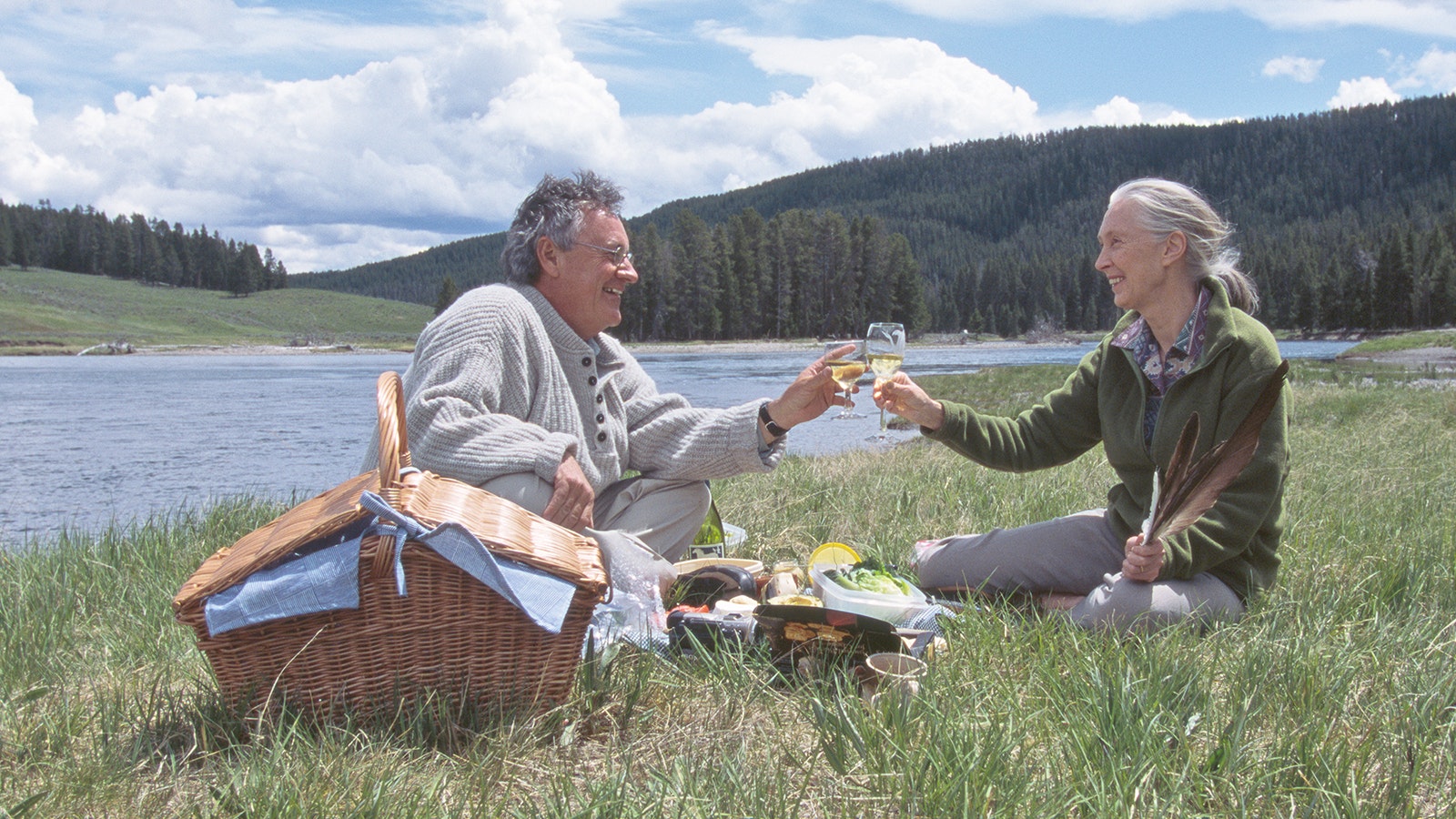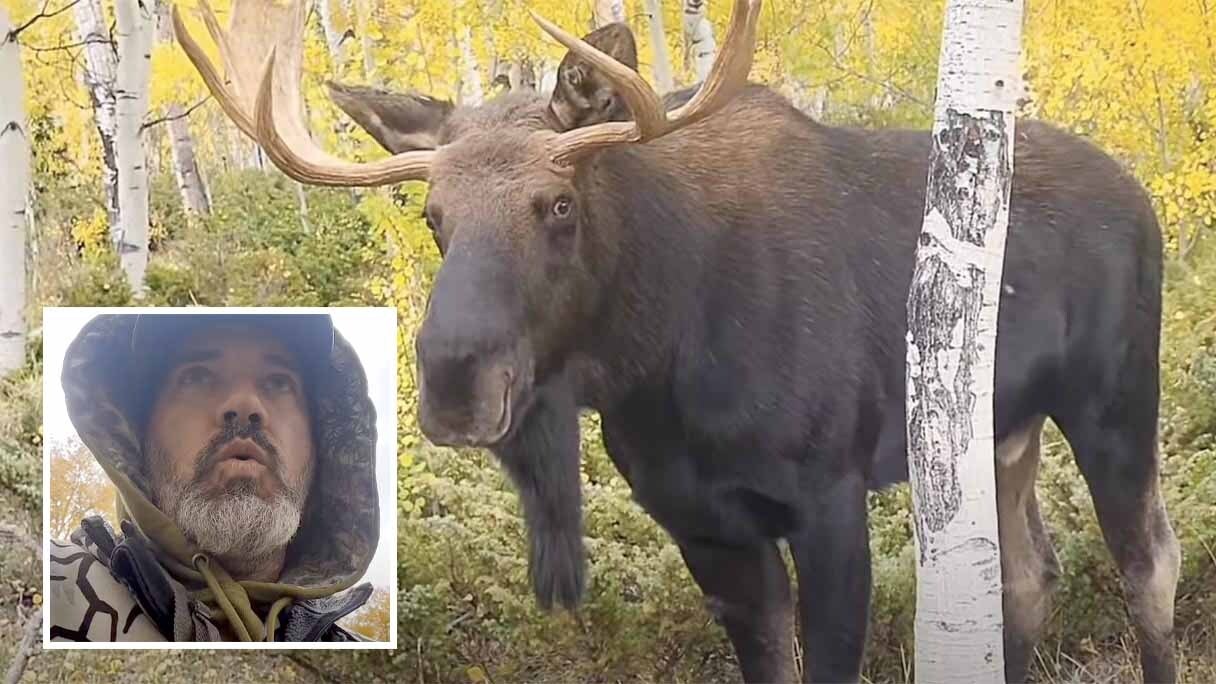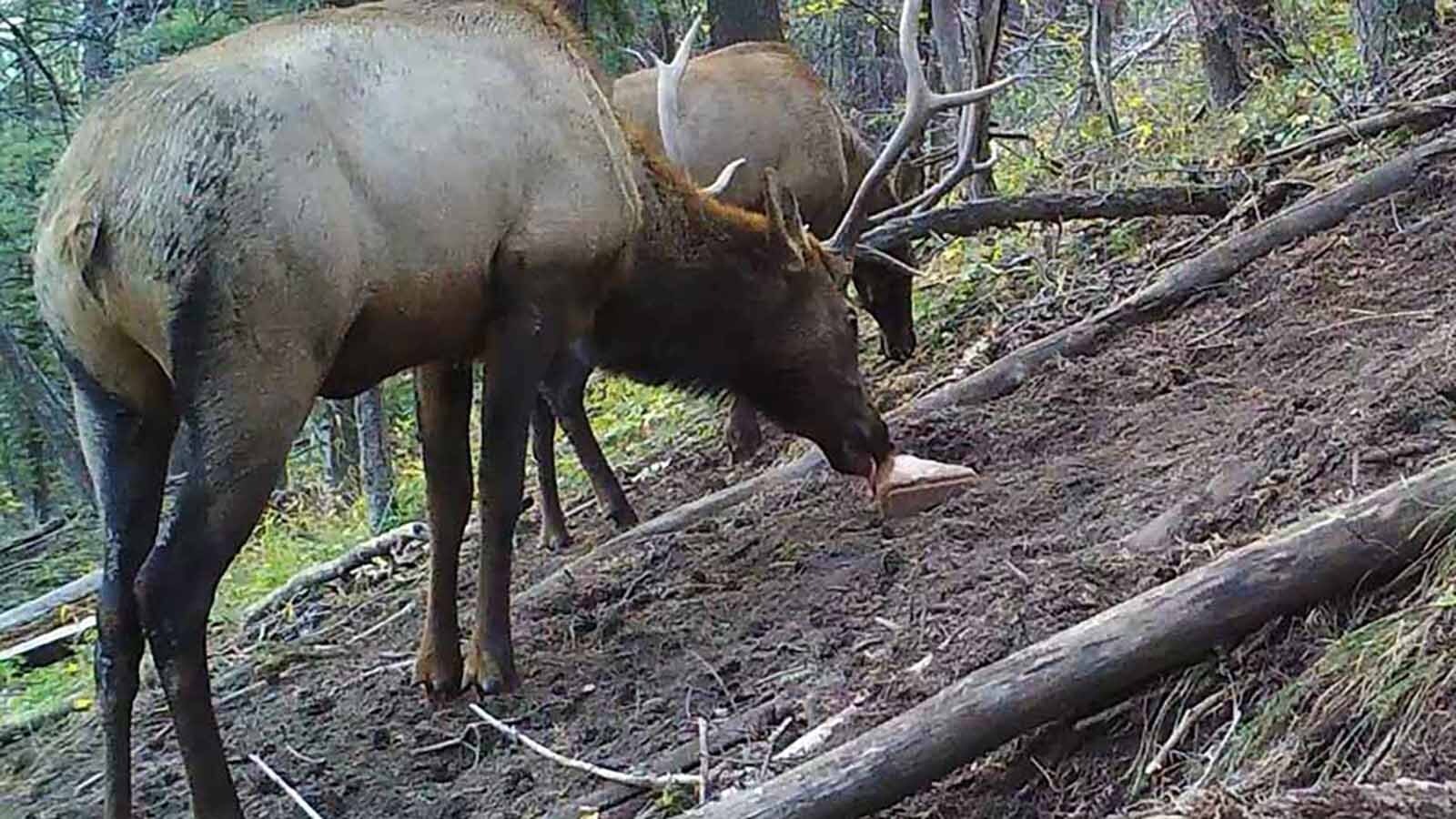The thing about duck and goose hunting in Wyoming is that it’s weather-dependent, but not upon Wyoming’s weather.
Instead, it depends on storms up north, in Montana and Canada, to push flocks south into Wyoming, which has only small resident waterfowl populations.
Most Wyoming waterfowl seasons are set to open Saturday. The bad news is, the first week or so will probably be disappointing, meteorologist Don Day told Cowboy State Daily.
The good news is the long-term outlook is much better, he said. The weather will start to turn in mid-October, and by November, the birds should really be moving, he said.
Avid waterfowler Wheaton Kremke of Torrington told Cowboy State Daily that he’s hanging his hopes on that forecast.
“I hope it’s better than the last two years. The last two years have been really rough for waterfowl hunting, because of the lack of weather up north,” he said.
“We hope for a medium winter here and a hard winter up north,” he added.
Luckily, the waterfowl seasons are long. Most Wyoming waterfowl seasons last until January, and some go into February.
Northern Hatching Grounds Need Storms
In Montana and Canada, amid high plains “pothole” ponds, are the breeding and hatching grounds for gobs of mallard ducks, Canada geese and other species popular with wing shooters.
When the weather cooperates, it pushes them into some of Wyoming’s favorite hunting areas, such as the North Platte River in Goshen County.
“Goshen County is about as good as it gets for duck and goose hunting in Wyoming,” Kremke said.
But the northern birds have to get there first, and big migrations might not start for a little while, Day said.
For the first stretch of waterfowl season, the weather will remain steady across the region, then change should come, he said.
“Once we get into the weekend after this one, and then the week after that, things start to get more busy. The frequency of the storms gets higher, and they get colder,” he said.
With current winds, the weather is dominated by “Pacific air,” he said.
Any birds that are trying to migrate south right now are going to have winds hitting them “at a 90-degree angle from the side,” Day said.
But after the coming shift in weather, it will be dominated by “Canadian air” giving ducks and geese a tailwind and enticing them to come south, he added.
‘Very Much A Social Hunt’
Kremke also likes to hunt big game, such as elk. But there’s something special and different about waterfowl hunting, he said.
“It’s very much a social hunt,” with hunters gathering for breakfast before heading out into the hunting blinds, he said.
And unlike with big game hunting, where keeping quiet is the general rule, people can joke and visit in duck blinds, waiting for flights of birds to come in, he added.
Not Too Concerned About Bird Flu
Bird Flu outbreaks have persisted for several years. Waterfowl hunters previously told Cowboy State Daily that they don’t worry about it ruining their hunting. Nor are they particularly concerned about catching the virus from infected birds.
Kremke said that’s still the case headed into this hunting season.
He recalls seeing only a few ducks and geese that looked sickly over the past few years; certainly not enough to dampen the hunting.
There has been concern among turkey farmers about the latest outbreak in South Dakota, which prompted the killing of about 420,000 domestic turkeys.
That outbreak might have started with turkeys catching the virus from blue-winged teal, a species of small duck that is present in Wyoming.
So far, Centers for Disease Control and Prevention (CDC) has stated the risk to humans is low, even though there have been some cases of people catching bird flu by handling infected birds.
The CDC advises bird hunters to take precautions when processing a bird and not to handle wild birds that are obviously sick or have just been found dead.
Birds should be handled while wearing gloves and work surfaces and utensils used to process birds should be disinfected, according to the CDC.
Mark Heinz can be reached at mark@cowboystatedaily.com.





